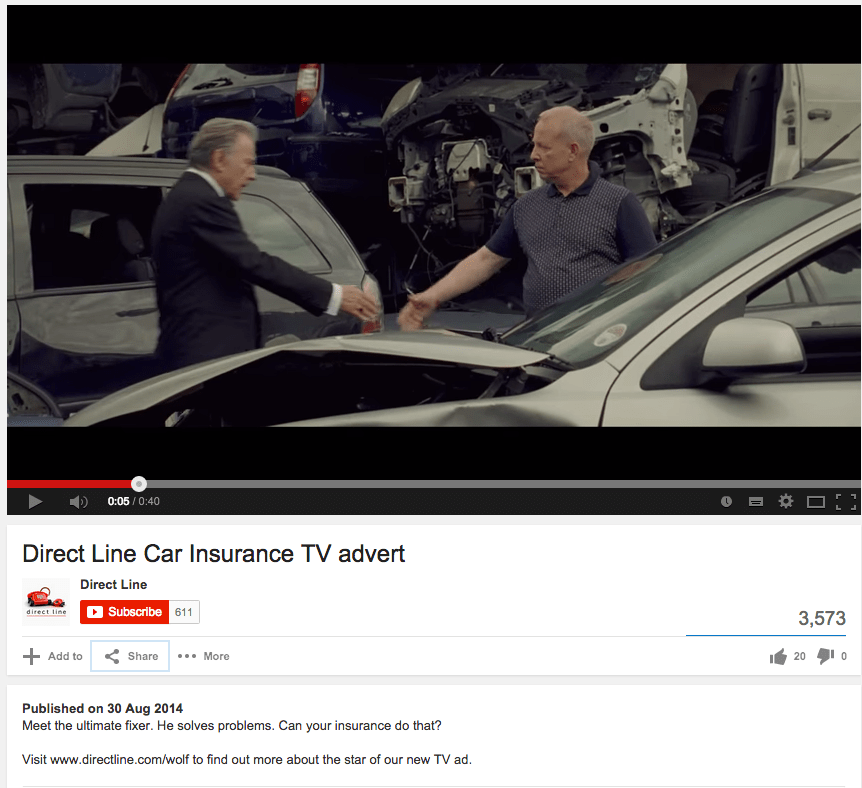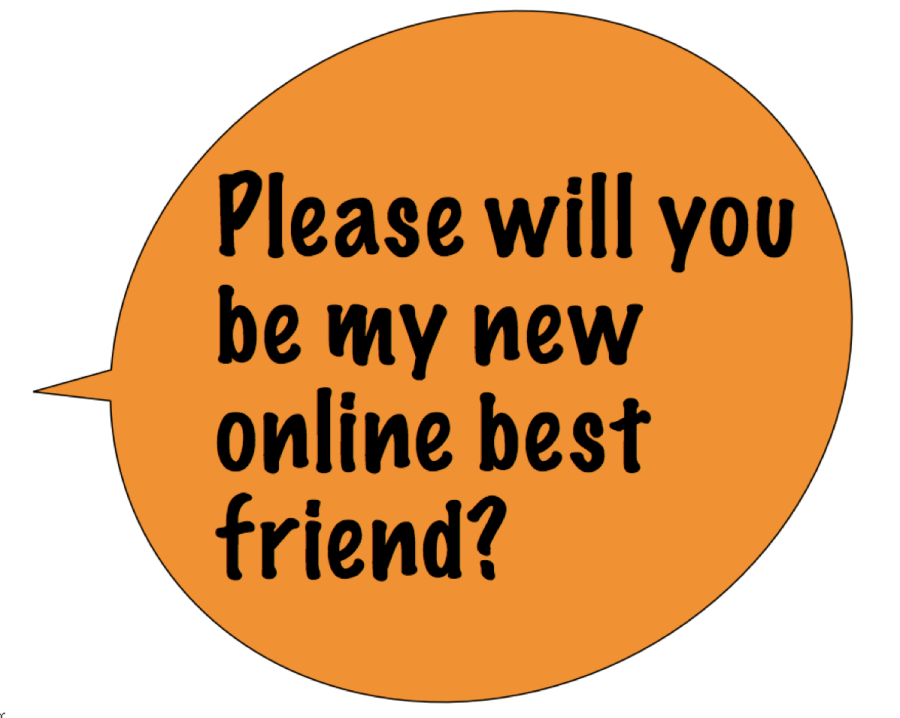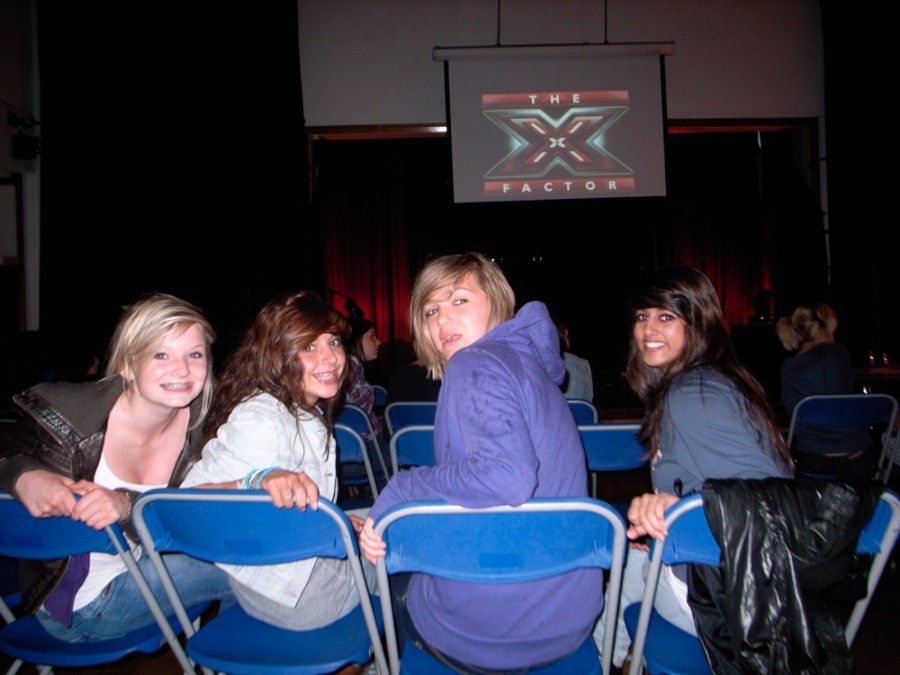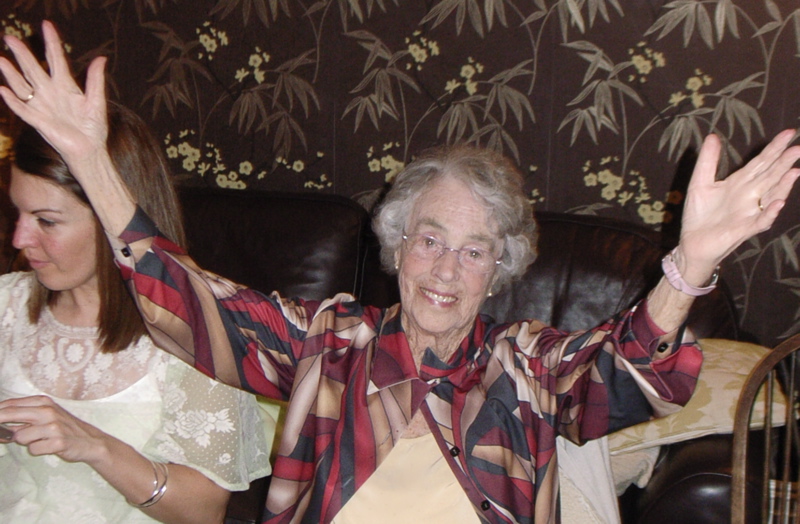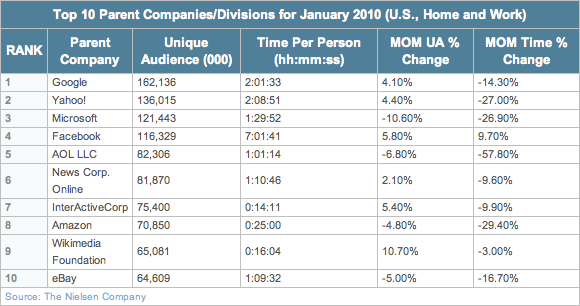Brands have got a real problem coming. It’s also going to have a huge effect on some of the biggest economies around the world too.
We all have enough stuff.
Back in Spring 2008, my favourite brand Howies sent a card inside my quarterly catalogue asking if I’d fallen out of love with them, or maybe whether I just have enough clothes for the time being. It has been something that has stayed front of mind for nearly ten years now as I think we are at a stage where we probably all have enough stuff.

I have a newish computer, my car is fine (even with 130,000 miles on the clock) and I have quite a few watches. My Phone is reasonably recent and I really don’t need an Apple Watch, a new TV or another bluetooth speaker. In fact we have TV’s all over the place, bluetooth speakers all over the place and a lovely old valve amp for playing proper music.
I have outerwear coming out of my wazoo, at least six pairs of jeans, two gilets, jumpers, shorts, socks and shirts in every material for every eventuality.
I have access to almost every song ever produced with Spotify and every film ever made, with a combination of Amazon Prime, Netflix and a mildly chipped Firestick.
I adore Oxford United and should make more effort to see them home and away. That’s tribal, it isn’t about the brand. This is an opportunity for tribal experiences like football and they will be one of the few areas to do well out of this.
I love holidays, exploring new places and going to the pub. In fact, probably my favourite thing to do is walk to the pub with the dog, have a few pints and walk home again.
But in effect, I want for nothing.
Which is the problem that any brand faces.
We all have too much stuff.
There is no consumer good that creates real desire, real anticipation and a real need to have it in your hands.
New products are all derivations. Small but barely discernible differences that the brands create to try and make us want them. But the differences aren’t real enough. They don’t add value to our lives and as such, they just become normal, within a moment of owning them.
Social media makes things worse. You can now see that everyone owns everything and we are all bored of this. It’s why so many people are turning away from Facebook and it’s dying on its arse. No-one lives that perfect a life and we can all see through it for what it is.
Showing off.
But if everyone has everything anyway, who is there to show off to and what with?
It’s also why everyone needs to pay less than full price for anything. Why else do you think the outlet villages and discount sites are so prevalent? The only thing left to give you a buzz is the bargain, rather than the brand you’ve bought.
So what do brands do to overcome this?
The answer is to fulfill something deeper than a need to own something. My clever friend Leila pointed out that this is why there’s a huge rise in Mindfulness and Wellness. We are all searching for something more than just the diminishing thrill of owning things. I know with the challenges I’ve been through in the last year, I couldn’t care less about material things, I’m quite pleased to be vertical and pretty much pain-free again.
That’s one hell of a challenge and one thing I can say is that not all brands will survive this imminent crisis.
You can summarise it all very easily in just one line.
If there is no actual need, then the only way to sell is by creating desire.
maybe that is what marketing is all about. Creating desire. The issue I have is that we are all losing our desire for material things and therefore selling anything material is just going to get harder and harder.
It’s a self-imposed austerity that could run for quite a while. With an economy built entirely on buying such things and a Chinese economy built on making these things, I suspect things are going to get a little rocky in the manufacturing-based economies.


